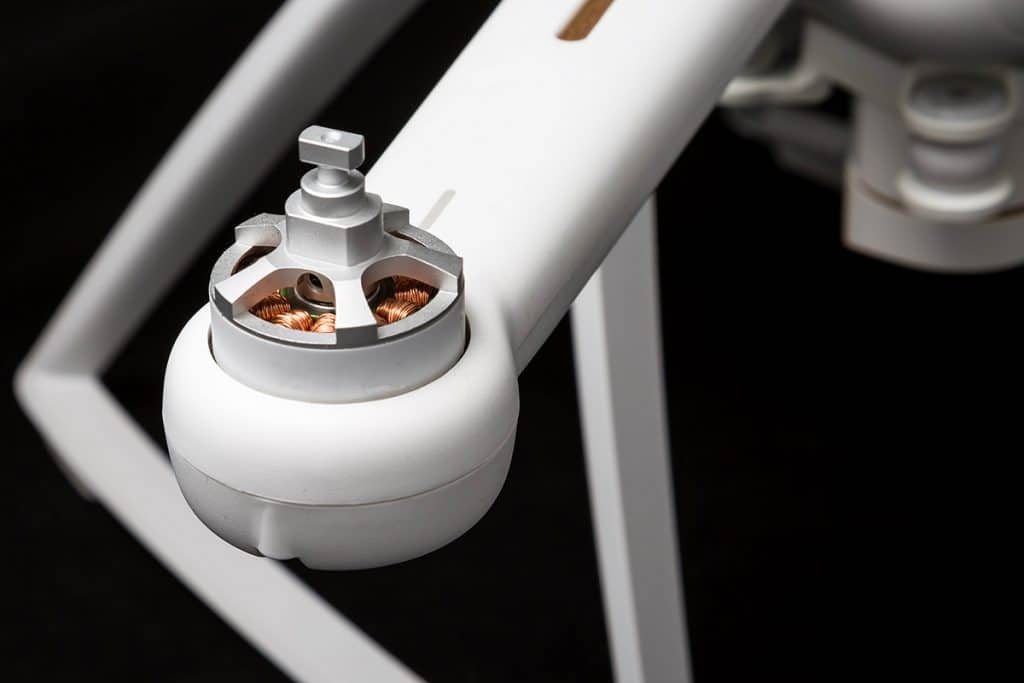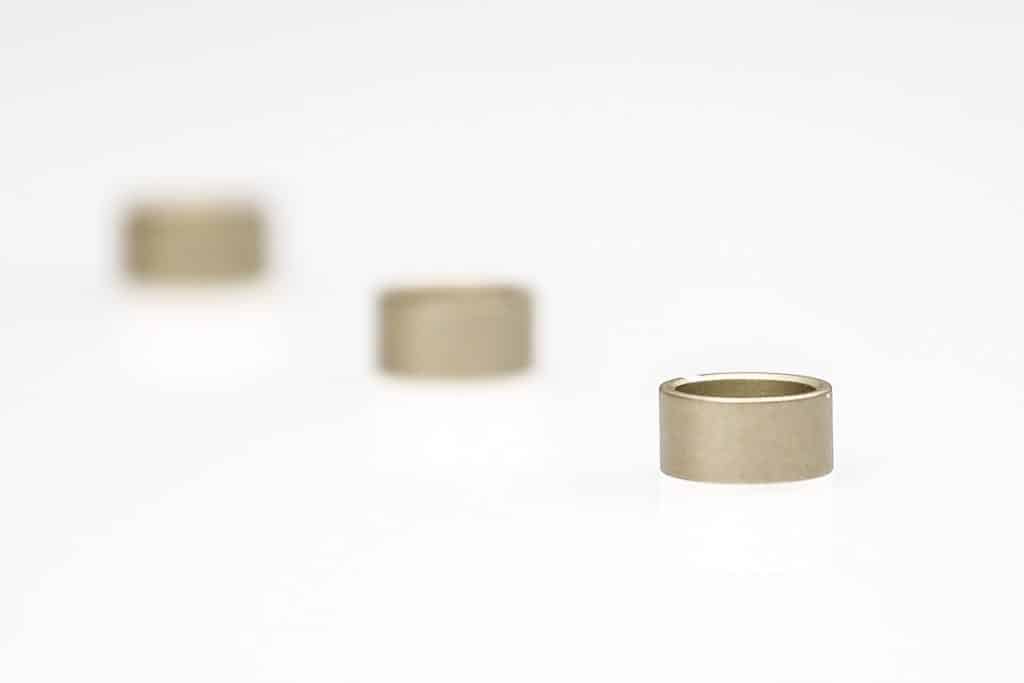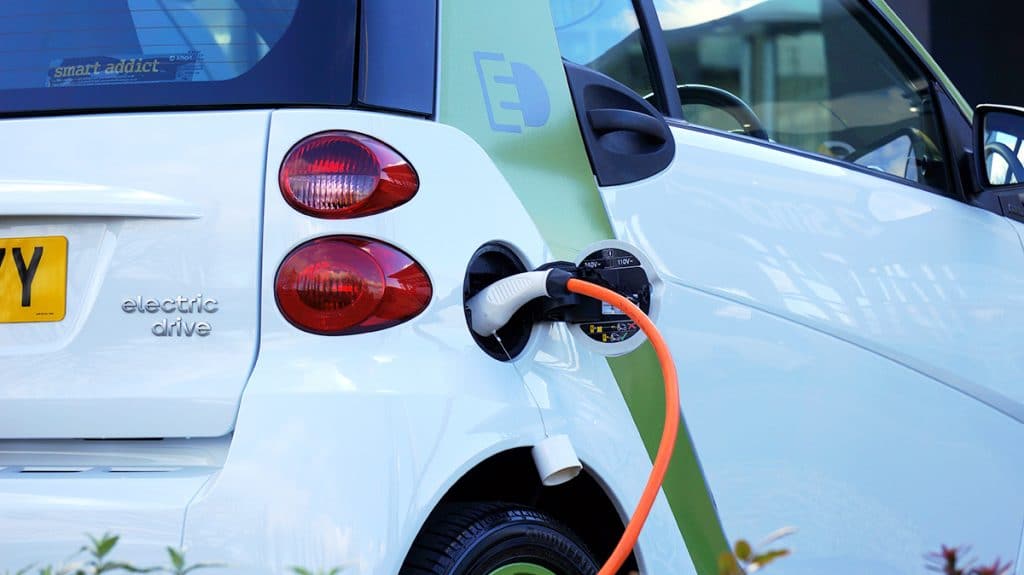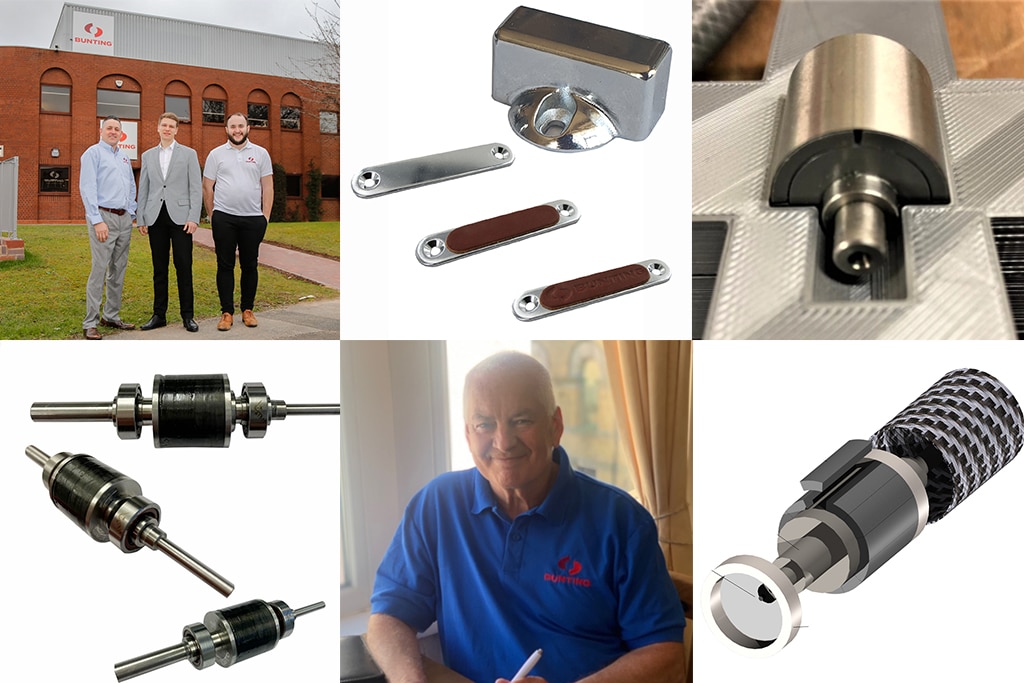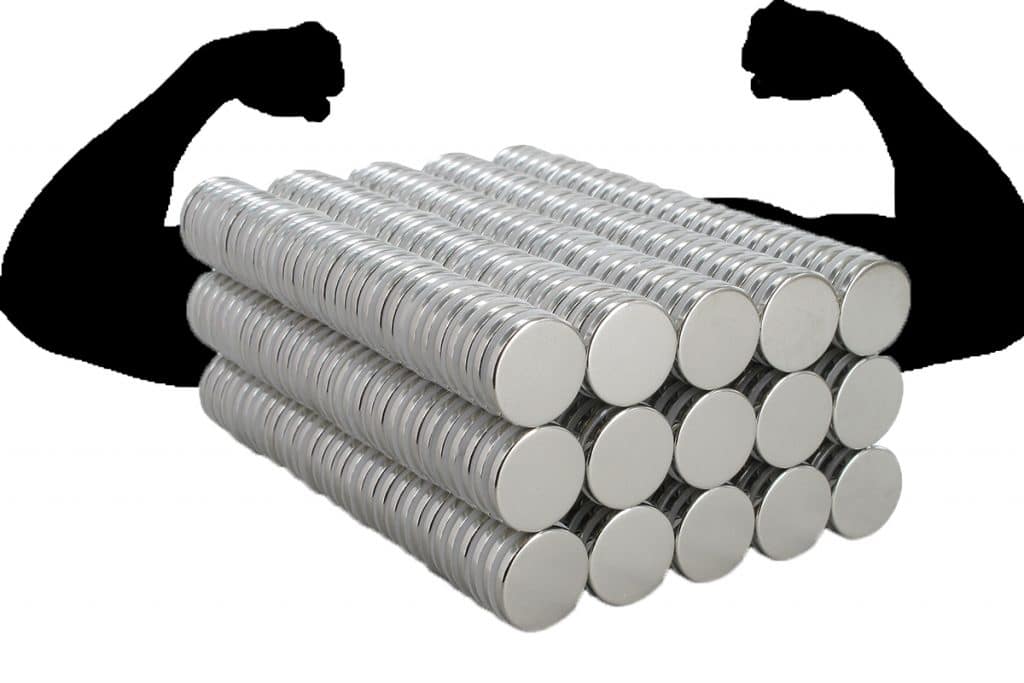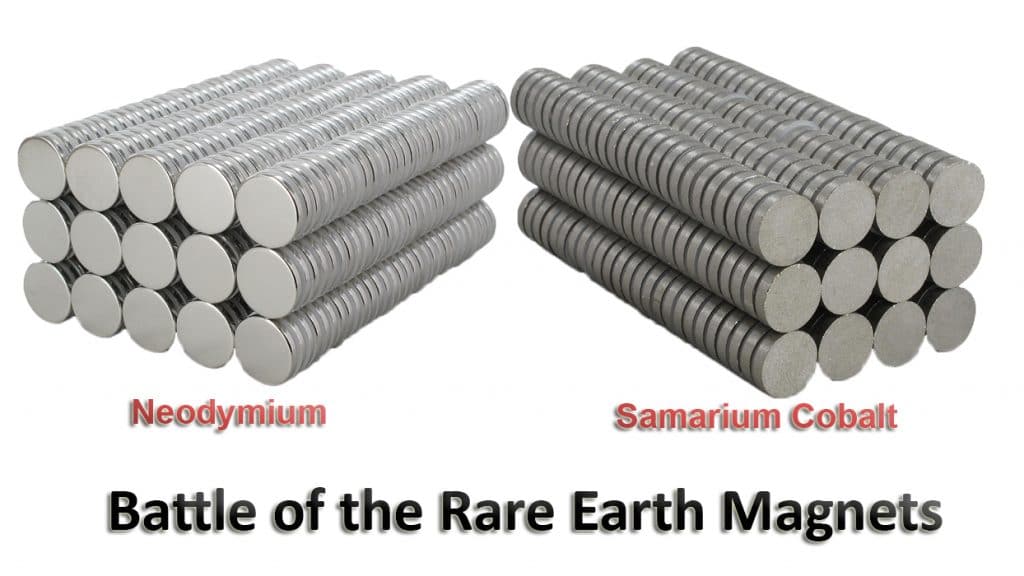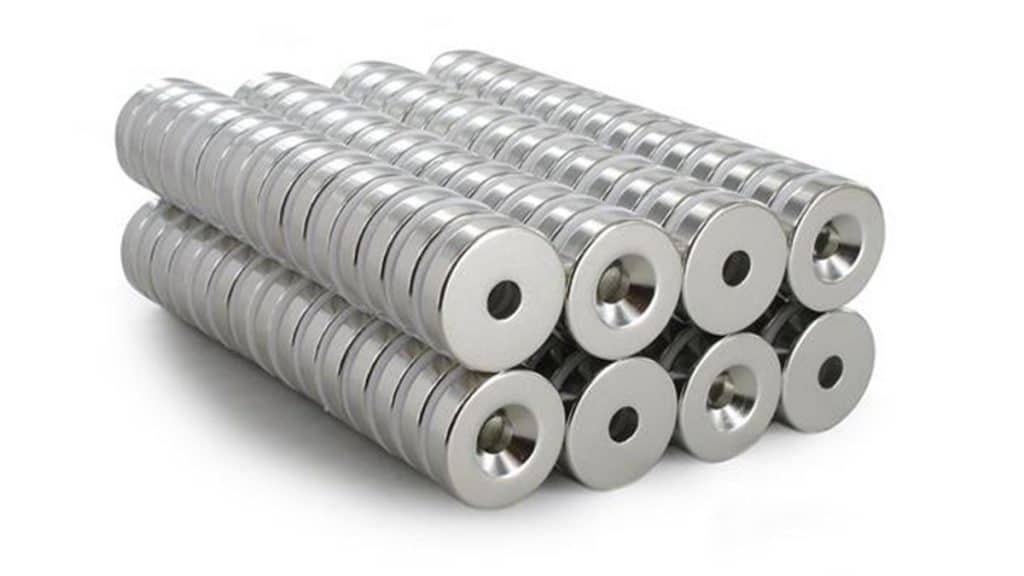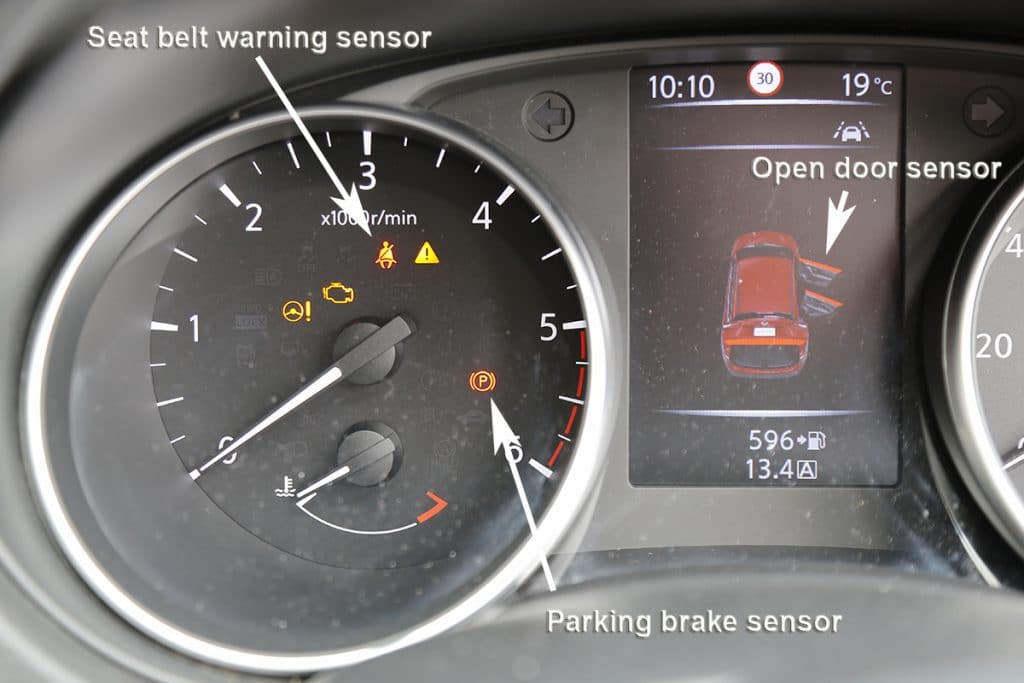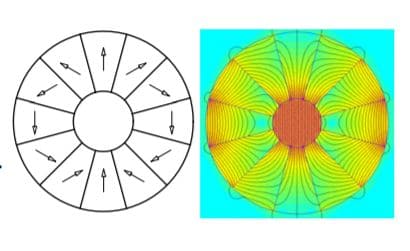Neodymium Iron Boron Rare Earth Magnet
Permanent Magnet Motors Providing Key Benefits
Permanent magnet motors are electric motors using permanent magnets in addition to windings. Such motor designs are more efficient than induction motors or motors with field windings for certain high-efficiency applications such as electric vehicles and small electric motors such as found on drones and in car windshield wipers. Both AC and DC motors benefit…
Read MoreEverlube Coating Protects Neodymium Magnets
The new Everlube anti-corrosion magnet coating combats the increasingly arduous working environments for magnets and magnetic components. The Everlube coating prevents oxidation and deterioration of high-powered permanent neodymium rare earth magnets. The Everlube coating was originally developed as a brand of dry film lubricant products specifically designed to enhance and improve the performance of critical…
Read MoreRare Earth Magnets in Electric Vehicle Motors
The global move towards the electrification of vehicles continues to gather momentum. In 2010, the number of electric cars on the world’s roads reached 7.2 million, of which 46% were in China (iea.org/reports/global-ev-outlook-2020). By 2030, the number of electric cars is expected to swell to 250 million, a massive growth in a relatively short time.…
Read MoreBunting-Berkhamsted 2020 Review
On January 1st, nobody could have predicted the challenges businesses would face in 2020. Despite the restrictions and obstacles presented by the Covid-19 pandemic, companies adapted and continued to design and manufacture as they supported customers. December provides the ideal opportunity to reflect on many of Bunting-Berkhamsted’s positive news stories shared in 2020. A Positive…
Read MoreExplaining Neodymium Magnet Strength
Neodymium Rare Earth Magnets are the strongest commercially available permanent magnets in the world. Originally invented by General Motors and Sumitomo Special Metals in the early 1980s, Neodymium Magnets are a key component in mobile phones, computers, wind turbines, and modern cars. The list of applications is nearly endless. As the name suggests, the prime…
Read MoreMagnet Comparison: Neodymium and Samarium Cobalt Rare Earth Magnets
Neodymium Iron Boron NdFeB (i.e. Neodymium) and Samarium Cobalt SmCo are both ultra-strong rare-earth permanent magnets. Both are brittle in nature and subject to catastrophic damage if subject to severe impact (i.e. dropping). However, that is where the similarity ends and, when selecting a magnet material for a specific application, our design engineers assess each…
Read MoreNew Bunting-eMagnets e-Commerce Magnets Website
An extensive range of magnets and magnetic products feature on the new Bunting-eMagnets e-commerce website. The totally redesigned site makes it easier and quicker for customers to locate and purchase a wide selection of magnetic-related products from neodymium magnets to magnetic catches and work holding magnets. The new e-commerce website for magnets and magnetic products: …
Read MoreNeodymium Magnets – Frequently Asked Questions
Neodymium Iron Boron Rare Earth are the strongest permanent magnets presently available. They are a hidden key component of mobile phones, cars, and computers. When speaking to customers, we identified a number of frequently asked questions, which we will attempt to answer in this latest blog. Technical product information: Neodymium Magnets What are Rare Earth…
Read MoreSensor Magnets
Sensors are used everywhere from vehicle engine management systems to Smartphones determining if the flip cover accessory is closed. Modern everyday life would be very different without sensors and the operation of many of these sensors rely on magnetism. As products evolve, so have the range and specification of sensor magnets. A magnetic sensor converts…
Read MoreReplicating True Radial Arc and Ring Magnets with Pseudo-Radial Arcs and Rings
The manufacture of anisotropic radially magnetised arcs and rings is significantly different to the production of diametrically magnetised rings and arcs. Radially aligned and magnetised anisotropic arcs and rings are only possible in fully dense sintered NdFeB and need a dedicated press tool and magnetising fixture and have a limited physical envelope (Max OD 85mm).…
Read More